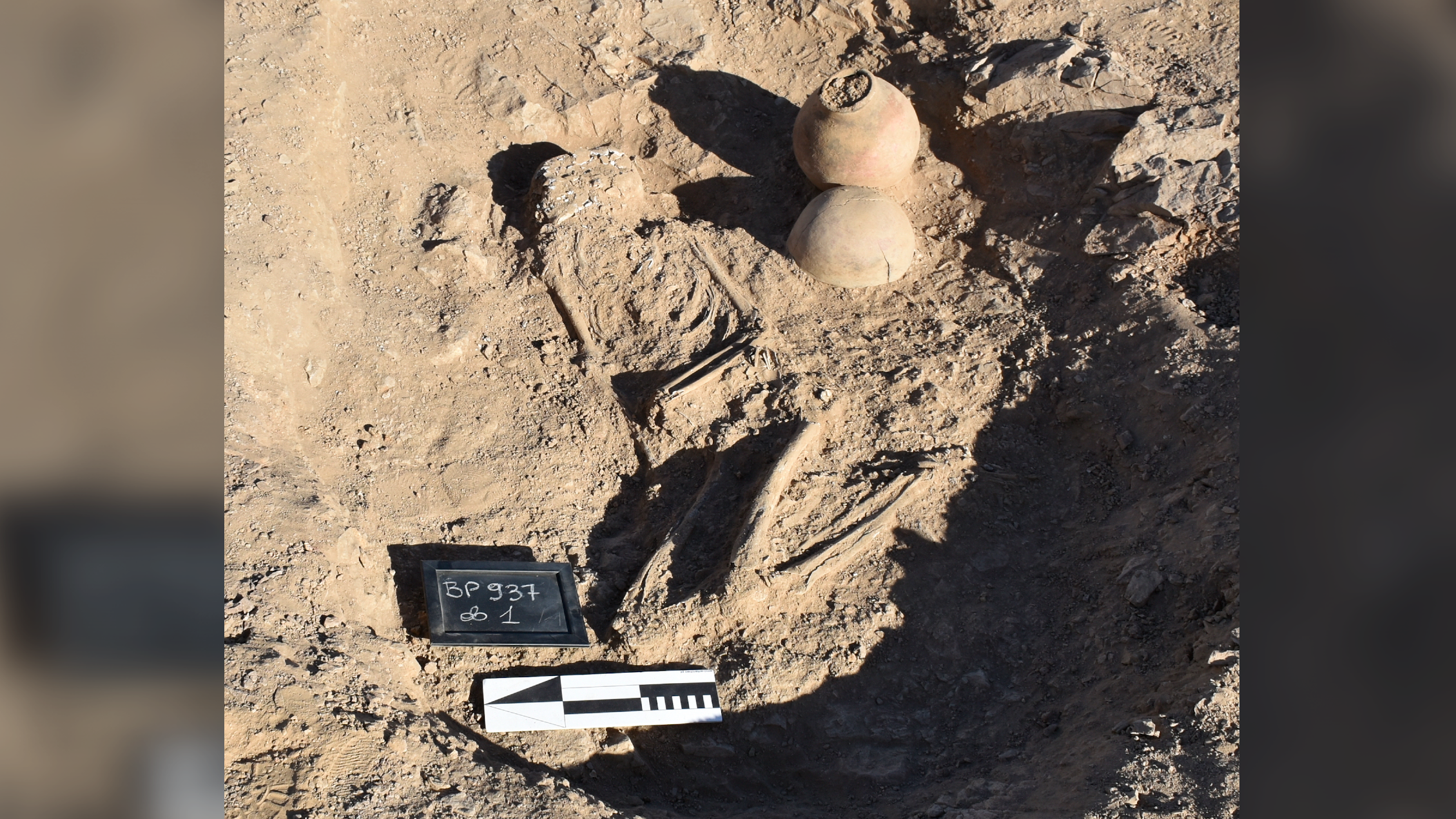Want a Quick Nap? Try a Hammock

There's a reason that swaying gently in a hammock is so relaxing, and it's not just ocean breezes and piña coladas. A new study finds that rocking as you fall asleep actually affects your brain waves, hastening the descent into slumber.
The results, which will be published in the June 21 issue of the journal Current Biology, could explain why everyone from babies to adults finds rocking soothing. They may also come in handy for people hoping to grab a quick afternoon nap, which has been shown to refresh the brain.
To find out if rocking really does improve sleep and how it might do so, researchers from the University of Geneva recruited 12 male volunteers (women were excluded because hormonal changes during the menstrual cycle can influence sleep). Each volunteer came to the university's sleep lab on two separate afternoons, each time for a 45-minute nap on a custom-built bed suspended from the ceiling. During one nap, the bed was stationary. During the other nap, it swayed gently. As they slept, the men's brain activity was monitored with an electroencephalogram (EEG), which uses electrodes on the skin to sense electrical activity in the brain.
The researchers found that all of the men fell asleep faster and slept more deeply when the bed was rocking. When the bed was still, sleepers spent about half of their nap in the initial phase of light sleep, known as the N1 phase. When the bed was rocking, the N1 phase took up only about 30 percent of the nap. [5 Things You Must Know About Sleep]
N2, or slightly deeper sleep, increased by about 10 percent when the bed was swaying, increasing from about 50 percent of the nap to more than 60 percent.
Swaying also changed a pattern of activity known as sleep spindles in volunteers' brains. Sleep spindles are half-second bursts of electrical energy that occur during N2 sleep. When sleeping in a stationary bed, participants had a fairly constant rate of sleep spindles over the course of their naps. But when they rocked as they slept, participants showed a steep increase in the number of sleep spindles during the second half of their naps. Another 2011 study published in the journal Current Biology found that a greater number of sleep spindles during a nap is linked to greater mental refreshment after the nap is over.
The researchers aren't yet sure whether rocking is more restful over the course of an entire night of sleep, but they hope future research could aid in treatment for insomnia. In the meantime, you now have permission to laze away summer afternoons on the hammock. Science said so.
Get the world’s most fascinating discoveries delivered straight to your inbox.
You can follow LiveScience senior writer Stephanie Pappas on Twitter @sipappas. Follow LiveScience for the latest in science news and discoveries on Twitter @livescience and on Facebook.

Stephanie Pappas is a contributing writer for Live Science, covering topics ranging from geoscience to archaeology to the human brain and behavior. She was previously a senior writer for Live Science but is now a freelancer based in Denver, Colorado, and regularly contributes to Scientific American and The Monitor, the monthly magazine of the American Psychological Association. Stephanie received a bachelor's degree in psychology from the University of South Carolina and a graduate certificate in science communication from the University of California, Santa Cruz.
